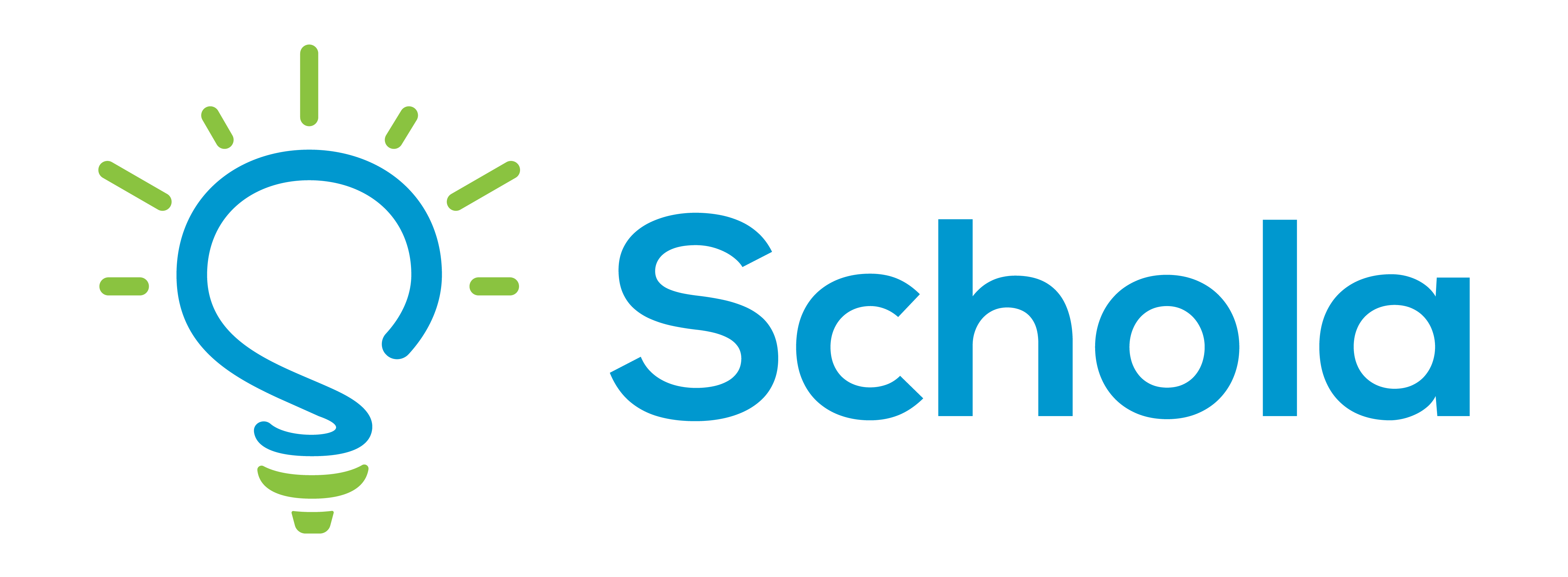Each school year brings a wave of new terminology and educational strategies that might leave parents scratching their heads. As you research schools or chat with your child’s teachers, you’ll likely hear a few buzzwords that aren’t part of your everyday vocabulary. Don’t worry—just like always, we’ve got you covered! Let’s break down five more educational terms to help you stay ahead of the curve.
P.s – you can check out our other blogs breaking down education buzzwords here!
- #YellowPages: 6 Educational Buzzwords You NEED To Know In 2022
- #YellowPages: Your Go-To Guide To Understanding Learning Buzzwords
1. Flipped Classroom Imagine a classroom where students do their “homework” in class and watch lectures at home. That’s essentially the idea behind a flipped classroom! Instead of listening to a teacher lecture during class time, students are introduced to new content outside the classroom—often via online videos or reading materials—and then come to class ready to apply their knowledge through discussions, group work, or problem-solving. This approach encourages active learning and helps students better grasp the material with their teacher’s support.

2. Competency-Based or Mastery-Based Learning (CBL) Forget the traditional model where students advance based on how long they’ve been in a classroom. Competency-Based or Mastery-Based Learning is a personalized approach where students progress as soon as they demonstrate mastery of a skill or subject, regardless of time. This means students aren’t held back if they’re ready to move forward, nor are they rushed through material before fully understanding it. Schools using this approach often focus on real-world skills and allow students to learn at their own pace.
3. AI in Education Artificial Intelligence (AI) is transforming how students learn and teachers teach. Schools are beginning to use AI-powered tools to personalize learning experiences, analyze student performance, and even automate administrative tasks. From adaptive learning platforms that adjust lessons to a student’s pace to AI tutors providing extra help, AI is helping to create a more customized and efficient education experience.
4. Gamification: Who says learning can’t be fun? Gamification is the process of turning educational activities into game-like experiences. Schools and teachers use gamification to motivate students by incorporating elements of play—such as earning points, unlocking badges, or completing challenges—into the learning process. This approach taps into students’ natural competitive spirit and love for games, making learning more engaging and interactive.
5. Experiential Learning Experiential Learning is all about learning by doing. Instead of sitting in a classroom absorbing information, students engage in hands-on activities that allow them to directly apply what they’re learning. This can include internships, field trips, service learning, or real-world projects. Schools that prioritize experiential learning aim to make education more interactive, fostering critical thinking, problem-solving, and creativity. It’s a great way for students to see the practical side of their lessons while developing skills they’ll need in life beyond the classroom.

Now that you’re up to speed on the latest buzzwords, which ones resonate with you and your child’s needs? At Schola, we can help you find the school that aligns with the educational approach you’re seeking. Whether it’s hybrid learning or a focus on executive functioning, our platform helps match you with schools based on what matters most to your family. Ready to take the next step? Find your perfect school match with Schola today!

